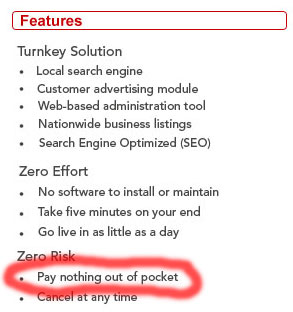Dynamic web pages are powerful tools that can increase your online conversions. A dynamic page is a web page that changes based upon certain pre-established “rules”. I typically advocate using them for landing and install pages, among other situations.
You can grab all sorts of intel from the visitor’s machine (browser type, geographic location, operating system, connection speed) and from the meta data passed by the browser (referring URL, search keywords, campaign IDs). This information is then used to create a custom message, specific to the visitor.
Here is an example of how Mozilla creates a powerful (and customized) landing page.
This page displayed when we visited the Mozilla homepage using Internet Explorer. As you can see, they’ve identified our browser as being Internet Explorer, and have dynamically created a message targeting us as Internet Explorer users (“Internet Explorer is So 2006”). This message is slightly generic by design. It fits whether the user has already decided to download Firefox (as a re-enforcing message), or if the user is considering switching (as a call to action).
Notice also, in the lower right corner, they provide “Switching Tips” specifically for Internet Explorer users.
We have successfully used this same methodology when developing install pages. Developing a smooth installation process is critical to achieving high install rates on free / trial software. The installation process is the final place when a potential user can “bounce”. You would be surprised at how many ways the average user can find to disrupt the installation process. For example, they could:
- Install the wrong version of the software for their computer’s operating system.
- Fail to disable anti-virus software that might prevent the installation of the software.
- Simply download the software, and not install it.
- Lose where they downloaded the installation file (it doesn’t always default to the desktop).
- Continually re-install the software (disrupting your install numbers) by clicking on the install icon on the desktop rather than the software shortcut.
There are many things that you can do to help prevent situations like these. For example, identifying their operating system and browser type and creating detailed installation instructions will minimize the likelyhood of installation failure. I recommend offering the visitor the option for a basic or advanced install process, the latter offering detailed walkthrough screens which give instructions with screen shots on how to install the software. I also recommend offering direct access to your support team, for free, to assist with installation problems. An installed user is far too valuable to lose to a simple installation problem.





 As you can see, the post is controverisal. It is polarizing. It is a challenge. And, intelligently design to deflect criticism towards the original author with the disclaimer that reads : “So says this old …” .
As you can see, the post is controverisal. It is polarizing. It is a challenge. And, intelligently design to deflect criticism towards the original author with the disclaimer that reads : “So says this old …” .




